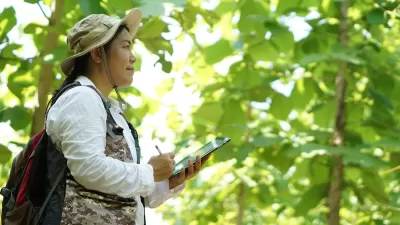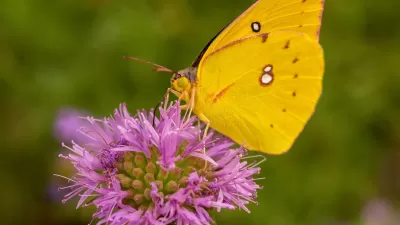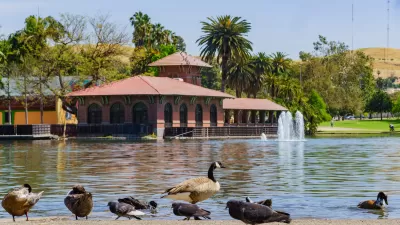BioMap2 is designed to guide strategic biodiversity conservation in Massachusetts over the next decade by focusing land protection and stewardship on the areas that are most critical for ensuring the long-term persistence of rare and native species.
Although Massachusetts is a small state, it is extremely varied. From the beaches and salt marshes of Cape Cod, to the forests and ridgetops of the Taconic Mountains, the Commonwealth supports a remarkable diversity of plant and animal species and natural ecosystems. These ecosystems serve critical ecological and societal functions by purifying water, cleaning the air, providing a wide range of food and forest products, and enhancing the quality of life in Massachusetts.
At the same time, native species and ecosystems across the Commonwealth face unprecedented threats. As the third most densely populated state in the nation, development continues to eliminate and fragment important habitats. Traffic volume has increased over time causing a rise in wildlife mortality, and invasive species continue to displace native plants and animals. Meanwhile, the emerging effects of climate change threaten complete disruption of the natural systems our native species depend on. In light of these threats, there is a critical need to protect the state’s biological diversity and ensure that ecosystems across Massachusetts remain viable.
BioMap2 provides a framework for protection and stewardship of those lands and waters that are most important for conserving the diversity of native plants and animals in Massachusetts. It was created to identify critically important species habitats and intact ecosystems across the state that, if protected, will enhance ecological resilience to climate change and other threats.
FULL STORY: BioMap2 Conservation Road Map

Study: Maui’s Plan to Convert Vacation Rentals to Long-Term Housing Could Cause Nearly $1 Billion Economic Loss
The plan would reduce visitor accommodation by 25,% resulting in 1,900 jobs lost.

North Texas Transit Leaders Tout Benefits of TOD for Growing Region
At a summit focused on transit-oriented development, policymakers discussed how North Texas’ expanded light rail system can serve as a tool for economic growth.

Using Old Oil and Gas Wells for Green Energy Storage
Penn State researchers have found that repurposing abandoned oil and gas wells for geothermal-assisted compressed-air energy storage can boost efficiency, reduce environmental risks, and support clean energy and job transitions.

San Mateo Formally Opposes Freeway Project
The city council will send a letter to Caltrans urging the agency to reconsider a plan to expand the 101 through the city of San Mateo.

A Bronx Community Fights to Have its Voice Heard
After organizing and giving input for decades, the community around the Kingsbridge Armory might actually see it redeveloped — and they want to continue to have a say in how it goes.

Houston Mayor Promises Dedicated Austin Street Bike Lane After Public Backlash
Although the one-way bike lane won’t be protected by physical barriers, the proposal is an improvement over the mayor’s initial plan to only include sharrows on the Austin Street project.
Urban Design for Planners 1: Software Tools
This six-course series explores essential urban design concepts using open source software and equips planners with the tools they need to participate fully in the urban design process.
Planning for Universal Design
Learn the tools for implementing Universal Design in planning regulations.
Borough of Carlisle
Caltrans
Heyer Gruel & Associates PA
Institute for Housing and Urban Development Studies (IHS)
City of Grandview
Harvard GSD Executive Education
Toledo-Lucas County Plan Commissions
Salt Lake City
NYU Wagner Graduate School of Public Service





























